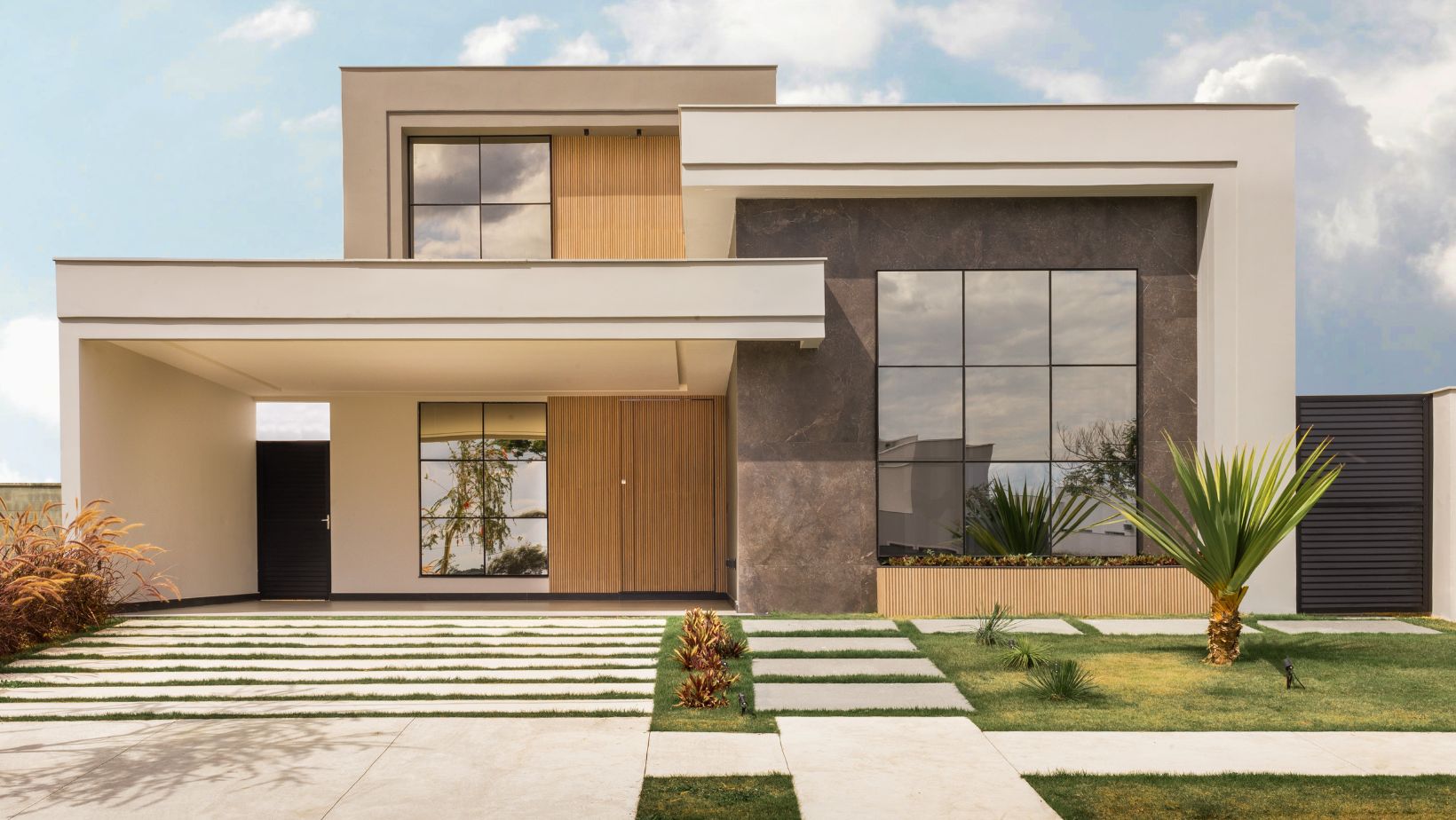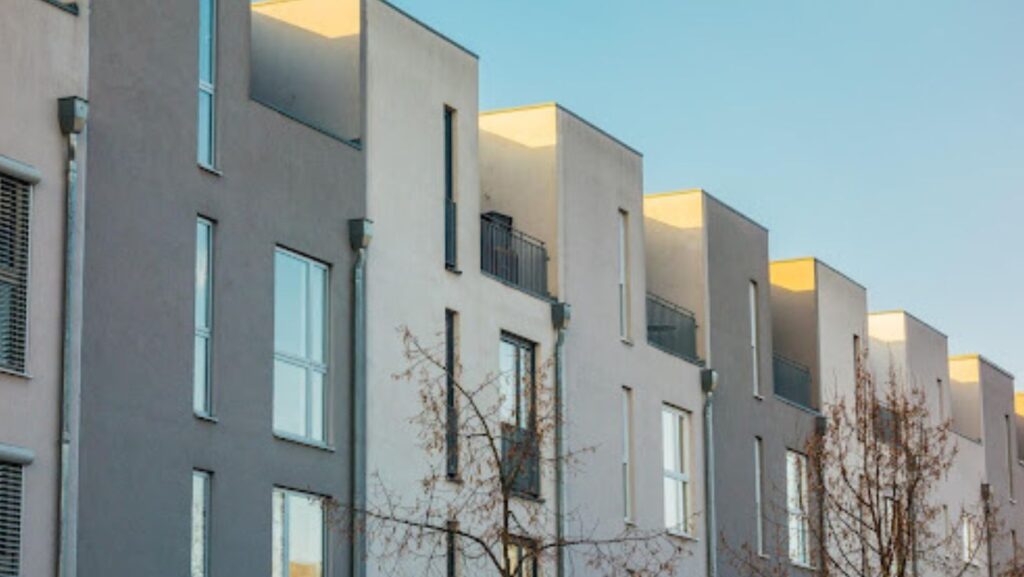Across the globe, cities are evolving. Skylines grow taller, communities expand outward, and the demand for housing continues to outpace supply. In the midst of these transformations lies one of the most pressing challenges of our time — creating homes that are both affordable and architecturally meaningful. The modern era calls for solutions that merge practicality, design excellence, and social responsibility. The intersection of affordable housing and modern architecture offers exactly that: a path toward living spaces that are accessible, sustainable, and aesthetically inspiring.
Redefining What “Affordable” Means
The term “affordable housing” often carries misconceptions. Many associate it with uniform, uninspired designs built solely for function. Yet, modern architecture challenges this notion by emphasizing creativity within constraints. Affordability doesn’t have to mean compromise. Rather, it can inspire innovation — pushing architects, planners, and communities to think beyond traditional boundaries of cost and construction.
Modern affordable housing projects now prioritize flexibility, energy efficiency, and the human experience. Through smart design, smaller footprints, and materials that balance cost with longevity, architects are crafting living environments that are both attainable and dignified. These developments represent a shift from the notion of housing as a commodity to housing as a cornerstone of human well-being.
Design Innovation Within Constraints
Modern architects view constraints not as limitations but as opportunities. The financial restrictions that accompany affordable housing projects often spark some of the most inventive design solutions. Compact spaces are optimized for function and flow; natural light becomes a design feature that reduces energy costs; shared spaces encourage community and reduce the need for redundant infrastructure.
Prefabricated and modular construction techniques have become powerful tools in this evolution. They allow for precision-built units at lower costs, shorter construction times, and reduced waste. Combined with thoughtful urban planning, these methods produce developments that are both efficient and visually cohesive.

The challenge — and the opportunity — lies in creating architecture that feels timeless rather than temporary, no matter the budget. A minimalist yet thoughtful approach can turn an affordable complex into a neighborhood landmark.
Sustainability as a Core Value
Sustainability and affordability are no longer separate goals. As environmental awareness grows, architects and developers increasingly recognize that energy-efficient homes save money over time while benefiting the planet. Sustainable materials, passive design strategies, and renewable energy systems are becoming integral to affordable housing models.
For example, incorporating solar panels, green roofs, or natural ventilation systems can drastically reduce utility costs for residents. These features not only make living more affordable in the long term but also contribute to a sense of environmental stewardship. Buildings that breathe with their surroundings — making the most of light, air, and space — demonstrate how modern architecture can create homes that are both low-cost and high-quality.
In many communities, affordability now goes hand in hand with resilience. Climate-conscious design ensures that homes remain safe and functional even as weather patterns become more unpredictable. The next generation of affordable housing may well become the standard for sustainable urban living.
The Human-Centered Approach
At the heart of every successful affordable housing project lies an understanding of human needs. Architecture is not simply about structures — it’s about the people who inhabit them. A human-centered approach focuses on comfort, community, and connection.
Residents thrive when their surroundings foster a sense of belonging. Design elements such as communal gardens, shared courtyards, and open corridors encourage interaction and mutual support. Small design gestures — a strategically placed window, a shaded walkway, a multipurpose room — can greatly influence daily life and emotional well-being.
Modern architecture, with its emphasis on clean lines, open layouts, and functional beauty, naturally aligns with this philosophy. It invites light and life into spaces where people can build their futures, not just reside temporarily.
Technology and the Future of Affordable Design
Advancements in building technology have revolutionized how architects and developers approach affordability. Digital design tools, 3D printing, and data-driven urban analytics enable better decision-making at every stage of construction. With these technologies, it’s possible to predict energy usage, optimize materials, and ensure that every square foot serves a purpose.
Smart home features — once considered luxuries — are becoming accessible within affordable housing models. Automated lighting, efficient HVAC systems, and app-controlled security features contribute to safer and more comfortable living environments. The challenge lies in implementing these innovations at scale while maintaining cost efficiency.
Technology also allows for community-driven design. Residents can contribute feedback and preferences early in the process, ensuring that new developments reflect real needs rather than assumptions. This participatory model strengthens the social fabric of neighborhoods and gives residents a sense of ownership.
Bridging Policy and Design
No conversation about affordable housing is complete without acknowledging the role of public policy. Architects and urban planners often operate within frameworks shaped by zoning laws, funding programs, and government initiatives. To truly advance affordable housing, collaboration between design professionals and policymakers is essential.
Programs such as housing vouchers, low-income tax credits, and public-private partnerships can help make affordable developments viable. Design professionals, in turn, must advocate for policies that encourage mixed-income communities, adaptive reuse of underutilized spaces, and long-term sustainability.
By consulting a Section 8 housing list, individuals and families can more easily identify affordable housing opportunities, a crucial step toward improving access to safe and stable homes. When architecture, policy, and public tools work together, the impact extends beyond physical structures — it transforms lives and communities.
Urban Renewal Through Affordable Design
Affordable housing has become a driving force in urban renewal efforts worldwide. As cities seek to address inequality and displacement, design-led housing initiatives are reimagining what inclusive neighborhoods can look like. Abandoned lots are turning into vibrant mixed-use developments; neglected buildings are being converted into efficient, community-oriented homes.
Architectural design can elevate these spaces, blending modern aesthetics with social purpose. Integrating affordable units into larger developments ensures diversity and inclusivity, reducing the isolation that often accompanies low-income housing projects of the past. Instead of segregating affordability, cities are learning to weave it into their very fabric.
This approach not only addresses housing shortages but also revitalizes entire districts. Walkable layouts, access to public transit, and proximity to cultural and commercial spaces make for more dynamic, equitable cities. The goal is to create communities that flourish — both socially and economically — through the thoughtful combination of affordability and design.
Rural and Suburban Adaptations
While much of the discussion centers on urban environments, affordable housing innovation extends beyond city borders. Rural and suburban areas face unique challenges — from limited infrastructure to fewer development incentives — but they also offer unique opportunities. With more space and lower land costs, architects can experiment with community-based layouts, modular homes, and sustainable materials that would be harder to implement in dense urban cores.
Modern architecture adapts to these environments through simplicity and efficiency. By focusing on local materials, natural ventilation, and adaptable spaces, designers can create affordable homes that reflect both the landscape and the lifestyle of their residents. In this way, architecture becomes not just a response to need, but a celebration of place.
The Path Forward
The convergence of affordable housing and modern architecture represents more than a trend — it’s a movement toward a more just and sustainable future. It challenges long-held assumptions about what affordable living should look like and pushes for designs that uplift rather than marginalize.
Architects, developers, and policymakers all play a role in shaping this new paradigm. By embracing innovation, collaboration, and inclusivity, the built environment can become a force for positive change. Affordable housing doesn’t have to be an afterthought; it can be an exemplar of what’s possible when design serves both beauty and humanity.
The future of housing lies in this balance — between form and function, aspiration and accessibility, art and equity. As cities and communities evolve, so too must our vision of home.


More Stories
Richmond Home And Garden Show: A Must-Visit for Every Green Thumb
Lehigh Valley Home And Garden: A Comprehensive Guide
Lansing Home And Garden Show: Your Ultimate Guide to Local Greenery and Design